Bonsai Ponytail Palms: How To Prune Ponytail Palm Bonsai

Ponytail bonsai plants are an interesting addition to any home décor and can be grown indoors or out (during the warm season). This lovely bonsai is native to Mexico. The ponytail palm bonsai tree is a great low-maintenance option for the bonsai enthusiast or even for those that are new to bonsai plants. Bonsai ponytail palms are unique and have a trunk that resembles an elephant's foot and cascading foliage. For this reason, this hardy plant is sometimes called “Elephants Foot.” The trunk is extremely practical and will hold enough water for four weeks.
Ponytail Palm Bonsai Care
Ponytail palm bonsai care does not differ much from that of any ponytail palm tree. This bonsai plant likes lots of sun but not for an extended amount of time. Some afternoon shade is best, especially if grown outdoors. Many people kill ponytail bonsai plants by overwatering. Careful attention to keeping the soil moist but not overly saturated will help to prevent this from happening. It is generally necessary to repot the ponytail palm bonsai tree once every three years.
How to Prune Ponytail Palm Bonsai Plants
Trimming ponytail palms can be done any time of the year but is best during the growing season of spring through early fall. Use clean and sharp bonsai shears to trim leaves on top of the plant. This will force the foliage to grow downward and resemble a ponytail. Remove any damaged leaves that may be brown or wilted. Be sure that you are sitting at eye level with the plant and take a break often to check your work so that you do not trim too much away. If cuts become brown or tattered looking after trimming ponytail palms, you can apply some pruning paint. This will encourage healing of your ponytail bonsai palms.
Gardening tips, videos, info and more delivered right to your inbox!
Sign up for the Gardening Know How newsletter today and receive a free copy of our e-book "How to Grow Delicious Tomatoes".
-
 Get Ready For A Summer Of Hummers! Grow These Full Sun Hummingbird Plants and Flowers
Get Ready For A Summer Of Hummers! Grow These Full Sun Hummingbird Plants and FlowersIf you’re lucky enough to enjoy a sunny backyard, make sure you are maxing out on your pollinator opportunities and grow these full sun hummingbird plants and flowers
By Tonya Barnett
-
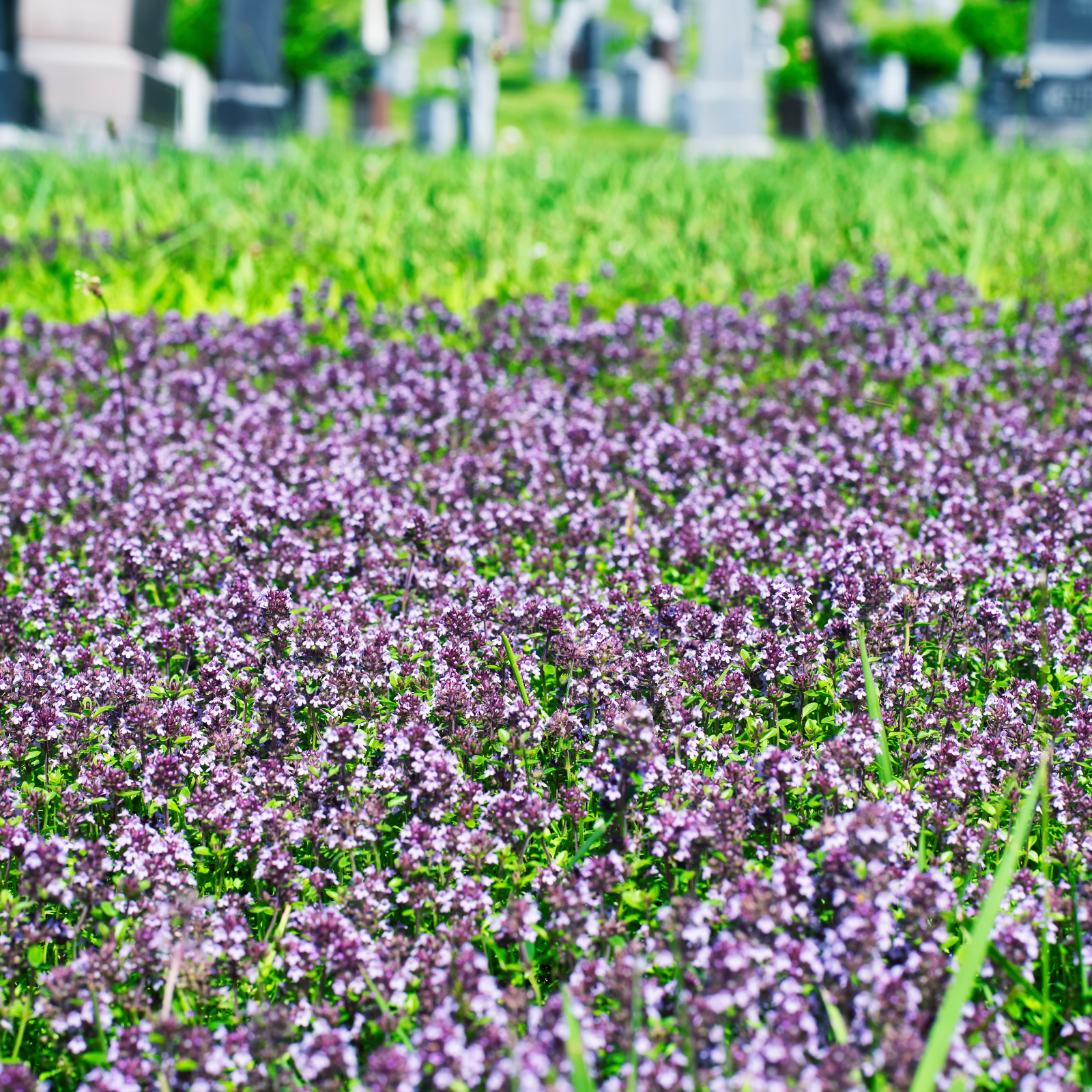 12 Lush Alternatives To A Lawn For Sustainable Spaces
12 Lush Alternatives To A Lawn For Sustainable SpacesAlternatives to a lawn are beautiful and also beneficial to your local ecosystem and its pollinators. Explore our top picks for plants to replace grass.
By Tonya Barnett
-
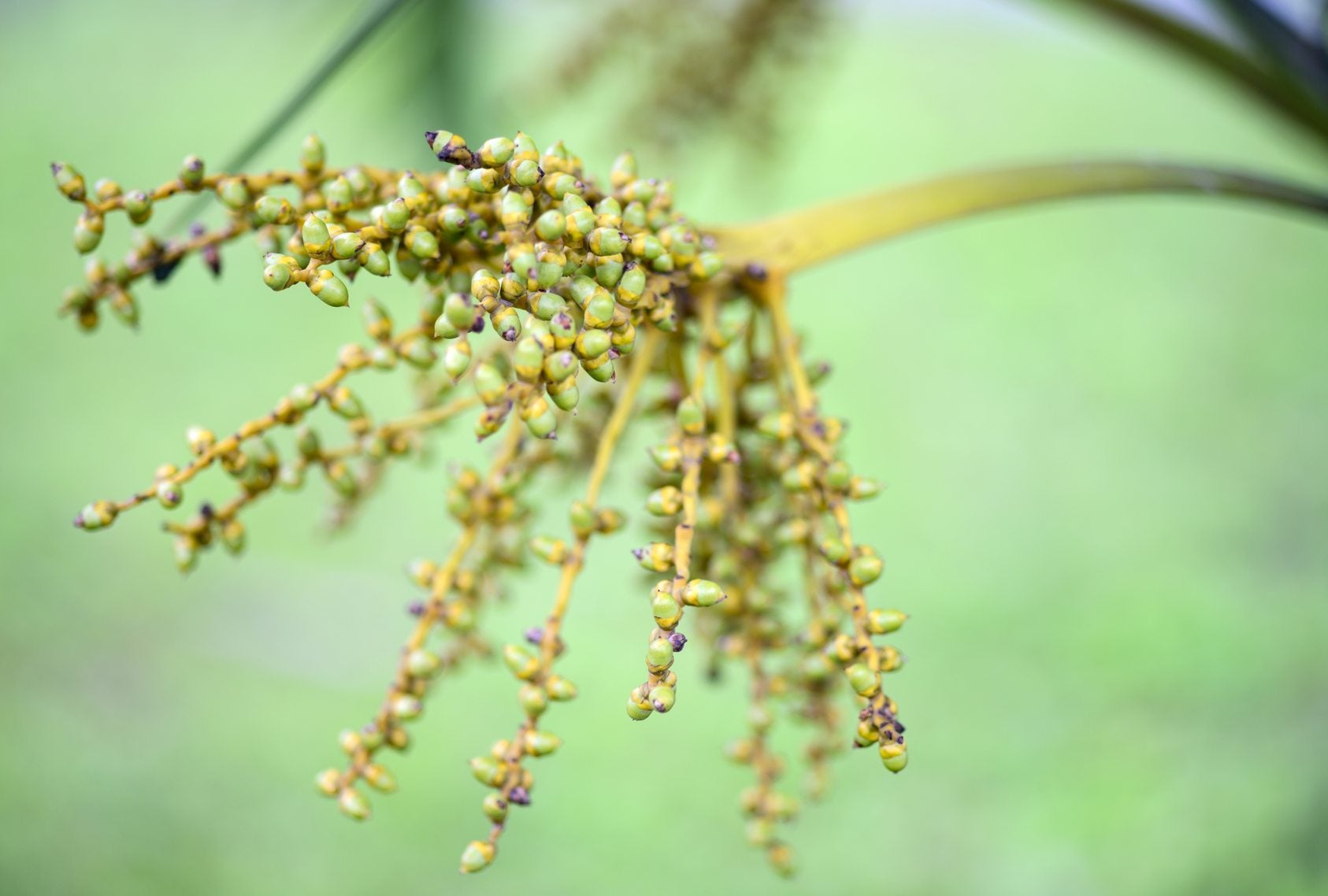 Propagating Ponytail Palm Seeds – How To Grow Ponytail Palm From Seeds
Propagating Ponytail Palm Seeds – How To Grow Ponytail Palm From SeedsPropagating ponytail palm seeds starts with harvesting fresh seed from the ivory white to creamy green flowers. We'll tell you all you need to know on how to grow ponytail palm from seeds and increase your stock of this wonderful unique plant.
By Bonnie L. Grant
-
 Outdoor Ponytail Palm Care: Can You Plant Ponytail Palms Outside
Outdoor Ponytail Palm Care: Can You Plant Ponytail Palms OutsideGrowing ponytail palm outdoors is possible in warmer climates and caring for ponytail palm outdoors is not difficult. For more information about how to grow a ponytail palm outside, this article will help.
By Teo Spengler
-
 Flowering Ponytail Plants: Does Ponytail Palm Flower
Flowering Ponytail Plants: Does Ponytail Palm FlowerDoes ponytail palm flower? If you are hoping for flowers from this plant, you may have to wait up to 30 years to see it. This article contains additional information about the flowering of ponytail palm trees. Click here for more info.
By Teo Spengler
-
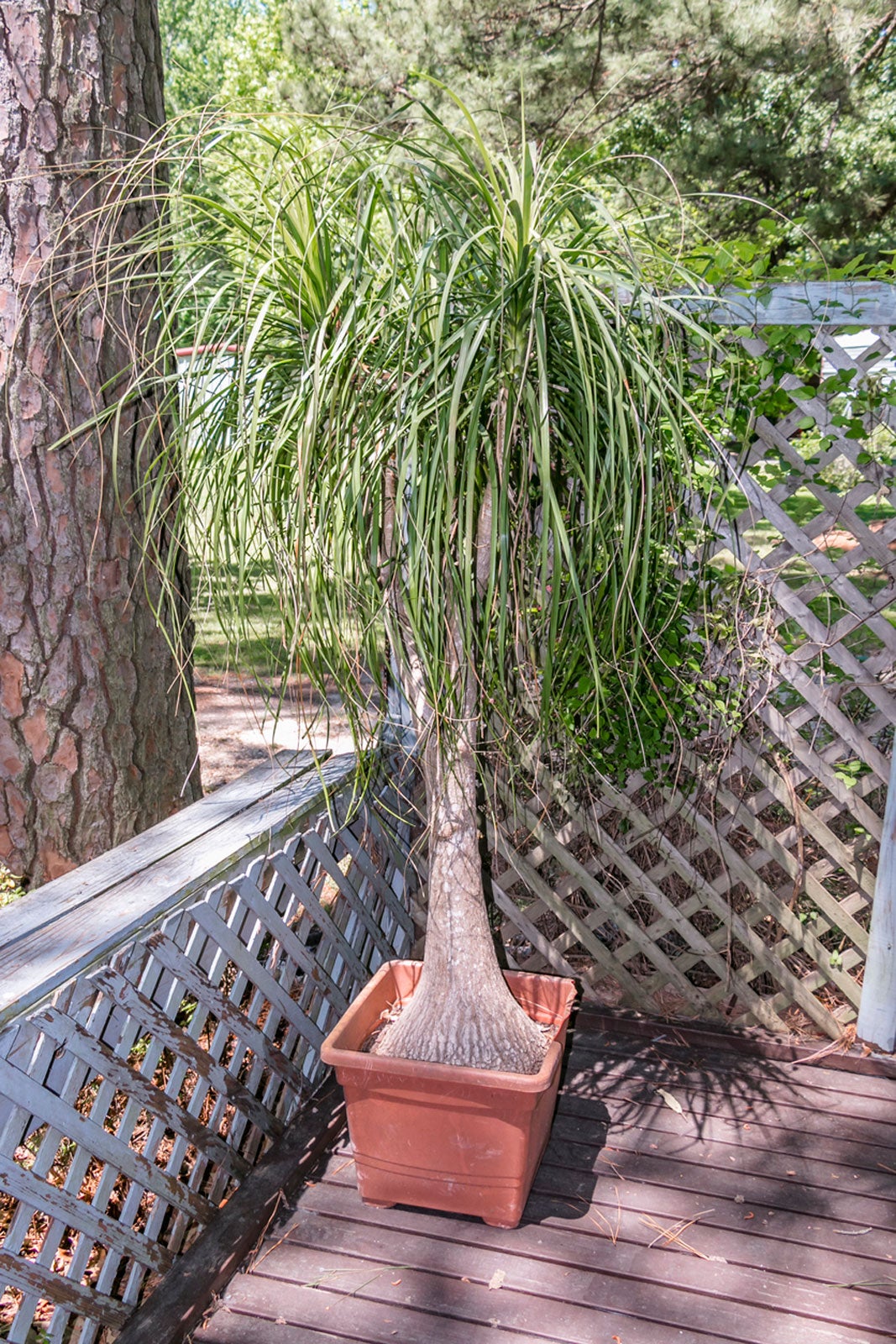 Can I Replant My Ponytail Palm – How And When To Move Ponytail Palms
Can I Replant My Ponytail Palm – How And When To Move Ponytail PalmsWhen people ask how to transplant a ponytail palm tree, the most important factor is the size of the tree. Transplanting large ponytail palms is a different matter than moving a small one. Read this article to learn about ponytail palm replanting.
By Teo Spengler
-
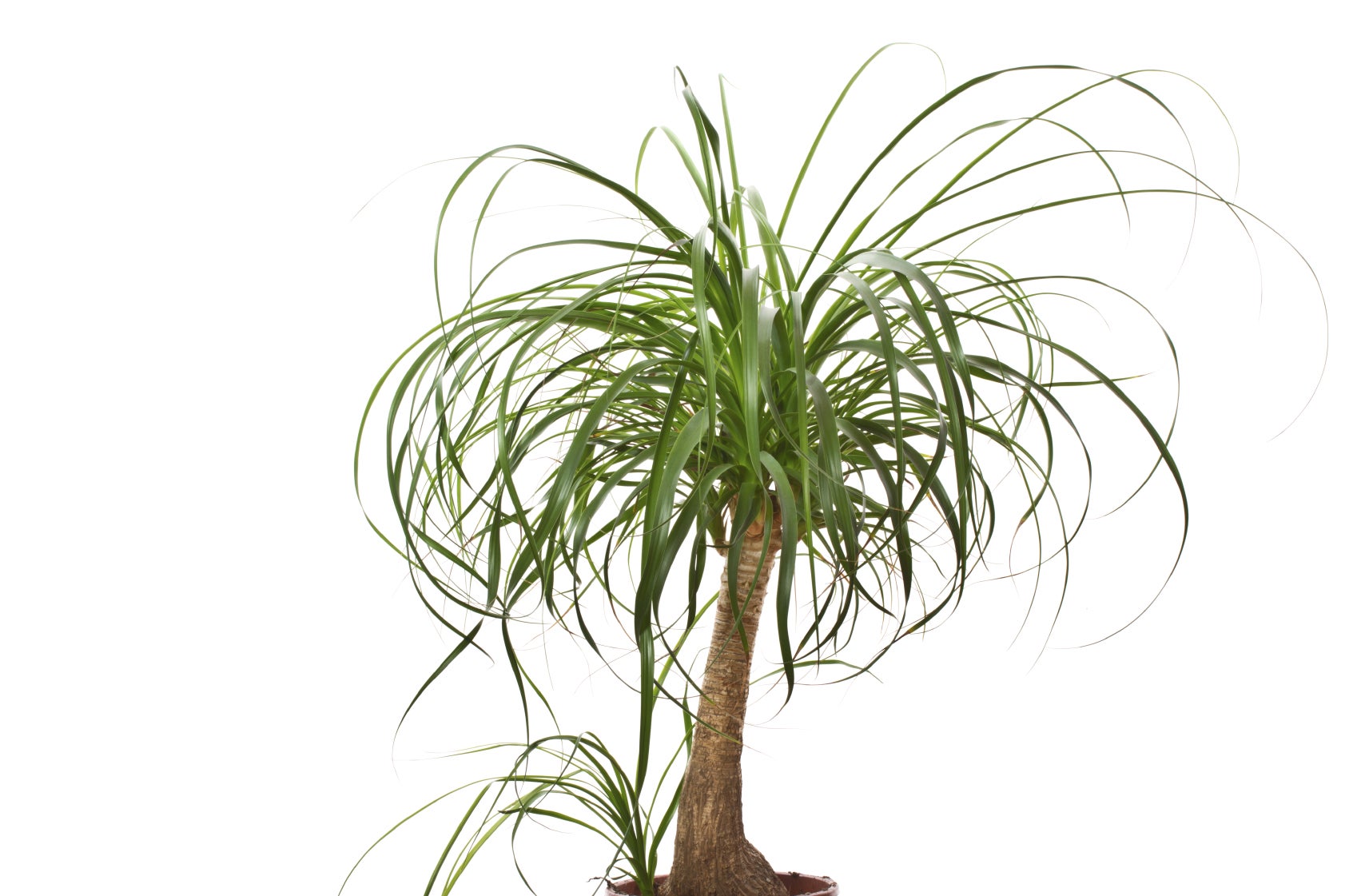 Pruning Ponytail Palms: Can You Trim Ponytail Palm Plants
Pruning Ponytail Palms: Can You Trim Ponytail Palm PlantsPonytail palms are truly interesting houseplants with their spiky poof of slender leaves and elephant skin trunk. They are not true palms, however, so can you trim ponytail palms? Read here for the answer on how to prune a ponytail palm.
By Bonnie L. Grant
-
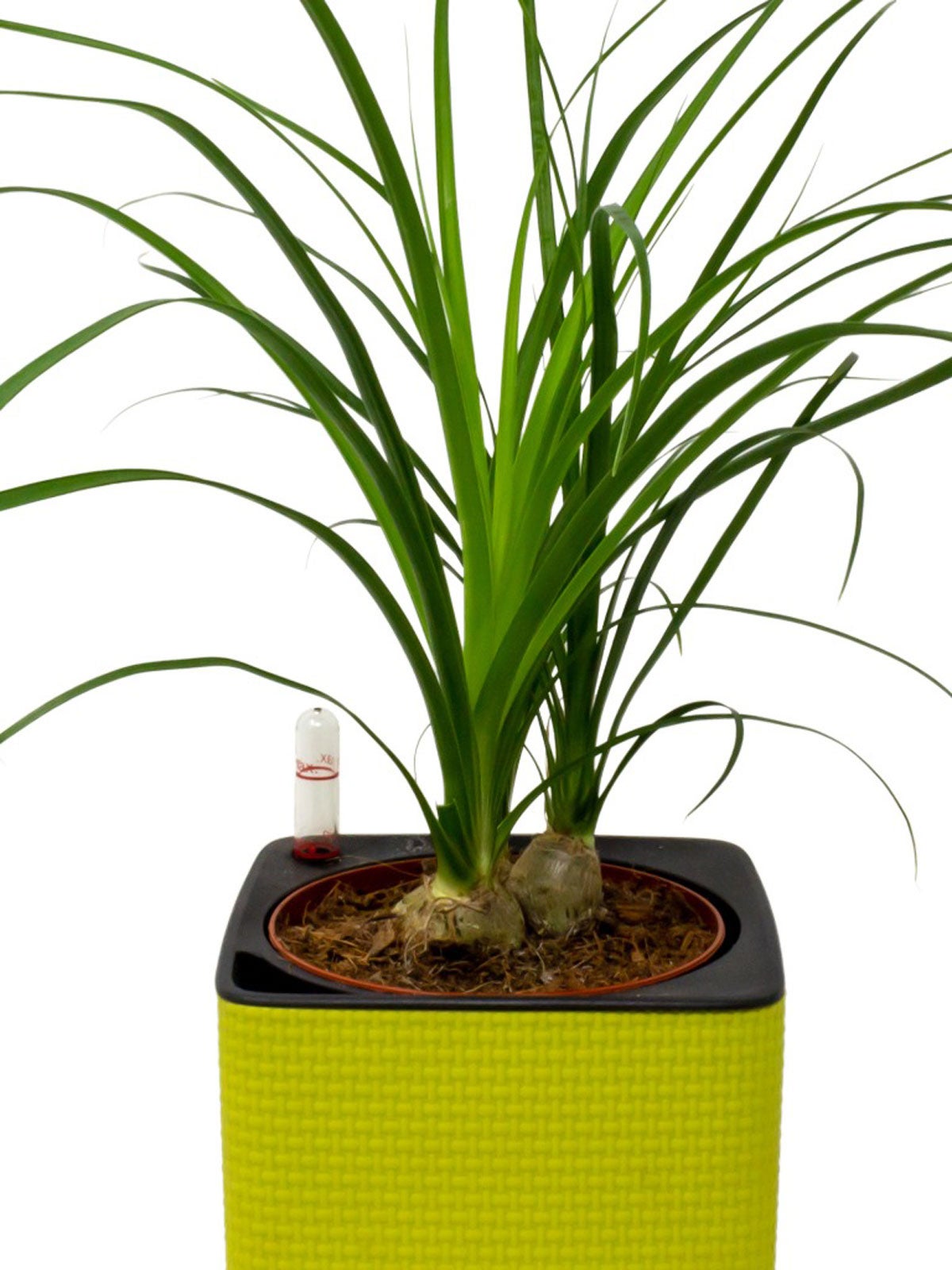 Ponytail Palm Propagation: Propagating Ponytail Palm Pups
Ponytail Palm Propagation: Propagating Ponytail Palm PupsPonytail palm plants develop pups, or side shoots, as they mature. Propagating ponytail palm pups will give you new little palms. Learn more about removing and planting these pups in this article.
By Bonnie L. Grant
-
 Care Instructions For Ponytail Palm - Tips For Growing Ponytail Palms
Care Instructions For Ponytail Palm - Tips For Growing Ponytail PalmsIn recent years the ponytail palm tree has become a popular houseplant, and it is easy to see why. Ponytail palm is forgiving and easy in its care. Learn more caring for the plant in this article.
By Mary Ellen Ellis